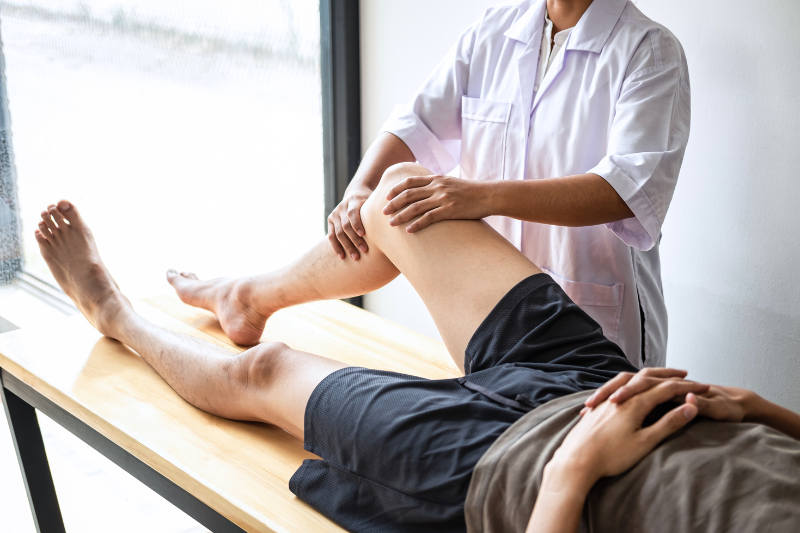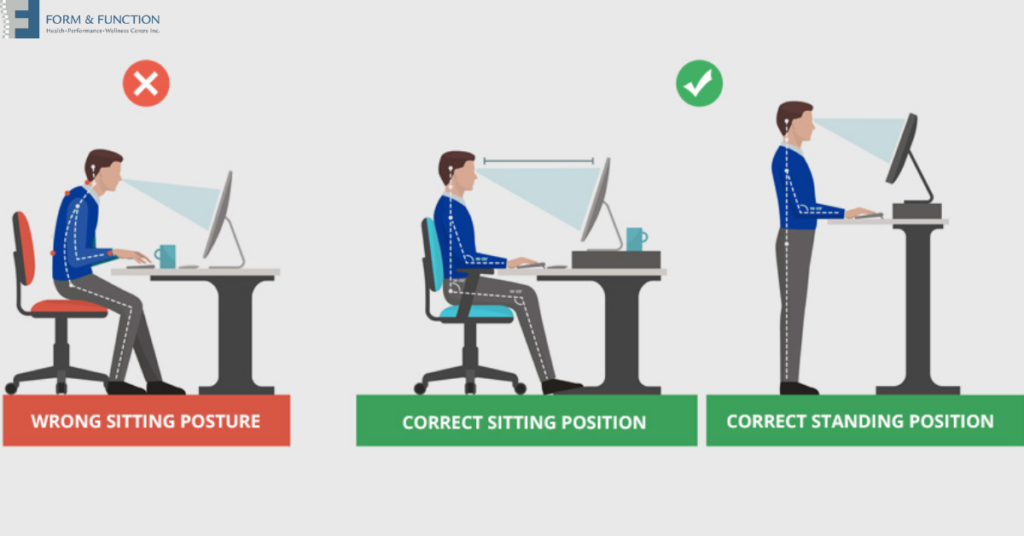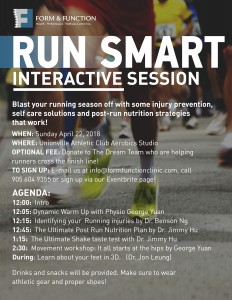Benefits of Thai Massage Therapy
What is Thai Massage Therapy?
Thai massage therapy is a hidden gem in the Markham and Richmond Hill area, offering a distinct method for pain relief and relaxation. With years of experience, I’ve witnessed how this ancient technique can alleviate pain, enhance mobility, and significantly reduce stress, benefiting both physical and mental health.
Differences Between Thai Massage and Traditional Massage Therapy
Unlike traditional massage therapy, Thai massage doesn’t require oils or lotions. You remain fully clothed during the session, typically wearing comfortable, loose-fitting attire. This aspect often appeals to those who might feel uncomfortable with the idea of disrobing for a massage.
Another key difference is the level of participation required. In a Thai massage session, I guide you through a series of stretches, almost like a partner yoga practice. This active involvement helps to deepen the effects of the massage, reaching areas that might be missed in a traditional massage therapy session.
The focus on energy work also sets Thai massage apart. By working along the Sen lines, I aim to clear energy blockages that may be contributing to your pain or discomfort. This holistic approach addresses not just the physical symptoms, but also the energetic imbalances that might be at the root of your issues. A good example of a video on this topic can be found here.
Benefits of Thai Massage for Pain Relief
Thai massage therapy offers significant pain relief benefits, especially for middle-aged men and women dealing with chronic discomfort. As a licensed massage therapist in the Markham and Unionville area for multiple years, I’ve witnessed remarkable improvements in my clients’ pain levels through this ancient healing practice.
Among my middle-aged clients, I apply gentle pressure along the Sen lines and use stretching techniques to release tension in the muscles. This approach not only provides immediate relief but also improves flexibility in the long term.
When targeting shoulder and neck pain, often resulting from desk jobs or stress, I incorporate acupressure and stretching movements. These techniques help to loosen tight muscles and improve blood circulation in the affected areas, leading to reduced pain and increased mobility.
Effectiveness of Thai Massage for Chronic Pain Conditions
Thai massage has proven particularly effective for chronic pain conditions. Many of my clients with arthritis or fibromyalgia have reported significant improvements after regular sessions. The gentle stretching and pressure applied during Thai massage help to reduce inflammation and increase joint mobility, providing relief that lasts longer than traditional pain management methods.
For those suffering from chronic headaches or migraines, Thai massage can be a game-changer. By focusing on the head, neck, and shoulder areas, I’ve helped many clients reduce the frequency and intensity of their headaches, improving their overall quality of life.
Combining Thai Massage With Other Pain Management Strategies
While Thai massage is powerful on its own, I often recommend combining it with other pain management strategies for optimal results. Many of my clients in Markham and Richmond Hill have found success by integrating Thai massage with physiotherapy or chiropractic care. This multi-faceted approach addresses pain from different angles, leading to more comprehensive and lasting relief.
I also encourage my clients to incorporate simple stretching exercises at home between sessions. These exercises, inspired by Thai massage techniques, help maintain the benefits of the massage and prevent pain from recurring. By combining professional Thai massage therapy with at-home care, you can create a robust pain management plan tailored to your specific needs.
Finding a Qualified Thai Massage Therapist in Markham, Unionville, Richmond Hill, and Scarborough
Finding a qualified Thai massage therapist in Markham, Unionville, Richmond Hill, and Scarborough is crucial for the best outcomes. As someone who’s been in the field for years, I can’t stress enough how important it is to choose the right practitioner for your needs.
Importance of Choosing a Licensed Massage Therapist (RMT)
When you’re dealing with chronic pain, you need a professional who understands the intricacies of the human body. That’s why I always recommend seeking out a licensed massage therapist (RMT) for Thai massage. RMTs have undergone rigorous training and are held to high standards of practice, ensuring you receive safe and effective treatment.
Licensed massage therapists are well-versed in anatomy, physiology, and various massage techniques. This knowledge allows them to tailor the Thai massage to your specific needs, whether you’re dealing with lower back pain, shoulder tension, or other issues common among middle-aged adults in our area.
Questions to ask When Selecting a Thai Massage Therapist
When you’re looking for a massage therapist, don’t be shy about asking questions. I encourage my clients to inquire about the therapist’s experience with Thai massage specifically. Ask about their training, how long they’ve been practicing, and their approach to treating your particular pain concerns.
It’s also wise to ask about the therapist’s familiarity with conditions common in middle-aged adults. For instance, if you’re dealing with arthritis or fibromyalgia, you’ll want a therapist who has experience in managing these conditions through Thai massage techniques.
Verifying Insurance Billing options for Massage Therapy
As someone who’s navigated the complexities of insurance billing, I know how important this aspect is for many clients. Before booking your massage session, verify that the therapist offers direct billing to your insurance provider. This can save you time and hassle, allowing you to focus on your treatment and recovery.
Don’t hesitate to ask about the specific insurance plans they accept and the process for submitting claims. A reputable Thai massage therapist in Markham, Unionville, Richmond Hill, or Scarborough should be able to guide you through this process and help you understand your coverage for massage therapy.
Preparing for Your Thai Massage Therapy Session
Preparing for your Thai massage therapy session is crucial for getting the most out of your treatment. As a therapist who’s worked with many middle-aged clients in Markham, Unionville, Richmond Hill, and Scarborough, I’ve seen how proper preparation can enhance the effectiveness of the massage and lead to better pain relief outcomes.
What to Wear and Bring to Your Appointment
For your Thai massage session, comfort is key. I recommend wearing loose, stretchy clothing that allows for easy movement. Think yoga pants, loose-fitting shirts, or comfortable workout attire. This type of clothing allows me to perform the necessary stretches and movements without restriction.
It’s also a good idea to bring a water bottle to stay hydrated after your session. If you have any specific areas of concern, consider bringing medical records or X-rays related to your condition. This information can help me tailor the massage to your specific needs and ensure we’re addressing your pain effectively.
Communicating Your Pain Concerns and Preferences to Your Therapist
Open communication is vital for a successful Thai massage therapy session. Before we begin, I’ll ask you about your pain concerns, medical history, and any specific areas you’d like me to focus on. Don’t hesitate to be detailed – the more I know, the better I can customize your treatment.
During the massage, feel free to let me know if the pressure is too much or not enough. Everyone’s pain tolerance is different, and what works for one person might not work for another. Your feedback helps me adjust the massage to ensure you’re comfortable and getting the most benefit from the session.
Setting Realistic Expectations for Pain Relief and Recovery
While Thai massage can provide significant pain relief, it’s important to have realistic expectations. For chronic pain conditions that many middle-aged adults in our area deal with, such as lower back pain or arthritis, you may need several sessions to see substantial improvements.
I typically recommend a series of treatments, spaced out over several weeks, to address long-standing pain issues. Remember, healing takes time, and consistency is key. By combining regular massage sessions with other pain management strategies, like gentle exercise or physiotherapy, you can work towards long-term pain relief and improved mobility.
Incorporating Thai Massage into Your Pain Management Plan
Recommended Frequency of Thai Massage Sessions for Optimal Results
For optimal results in managing chronic pain, I typically recommend an initial frequency of once a week for four weeks. This intensive start allows us to address your pain concerns effectively and begin the healing process. During these sessions, we’ll focus on releasing tension in problematic areas and improving your overall flexibility.
After the initial four-week period, we’ll reassess your progress and adjust the treatment plan accordingly. For most of my middle-aged clients in Markham, Unionville, Richmond Hill, and Scarborough, transitioning to a maintenance schedule of once a month works well. This frequency helps maintain the benefits achieved during the intensive phase and prevents pain from recurring.
Remember, consistency is key in Thai massage therapy. Regular sessions, even if less frequent, can significantly contribute to long-term pain management and improved quality of life. Of course, we can always adjust this schedule based on your individual needs and response to treatment.
Complementary Therapies to Enhance the Benefits of Thai Massage
While Thai massage offers significant benefits for pain relief, combining it with other therapies can amplify your results. At Form & Function Markham, you’ll find excellent physiotherapy services that work hand-in-hand with massage therapy. Physiotherapists can provide targeted exercises and manual techniques to complement your massage sessions, addressing specific pain points and improving overall function.
Chiropractic care is another valuable option available in Form & Function Markham. Chiropractors focus on spinal alignment and joint health, which can enhance the effects of Thai massage by ensuring your body is properly aligned. This combination can lead to more comprehensive pain management and improved mobility.
For those dealing with specific joint issues, bracing services in Markham can provide additional support. Custom-fitted braces can help stabilize problematic areas, allowing you to maintain the benefits of the massage for longer periods. By integrating these complementary therapies, you’re giving yourself the best chance at long-term pain relief and improved quality of life.
How to Book a Thai Massage Therapy in Markham & Richmond hill
Head over to the Form & Function booking site here and book with Patcharee.
About the Author
Patcharee graduated with honors from the Massage Therapy Program at Oxford College. Originally born in Thailand, Patcharee offers authentic expertise in Thai Massage. This traditional technique, known for its unique blend of stretching and deep pressure, provides profound benefits for both the body and mind. In addition to Thai massage, Patcharee is skilled in Swedish massage and advanced techniques such as trigger point therapy and myofascial release. This combination allows her to deliver comprehensive stress and pain relief tailored to each client’s needs. Patcharee’s diverse experience includes working with athletes, healthcare workers, and desk-bound professionals, ensuring each client receives personalized care. Whether you’re seeking relief from chronic pain or simply looking to unwind, Patcharee’s blend of techniques will help you relax and rejuvenate.










